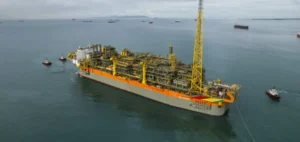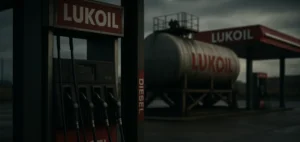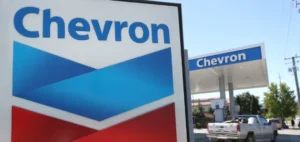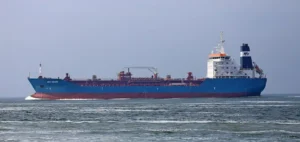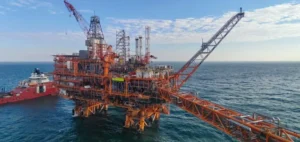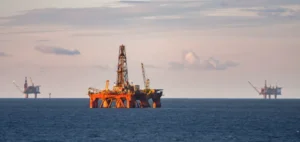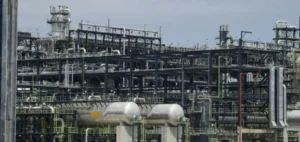The OPEC+ oil alliance surprised markets on August 3 by announcing a fifth accelerated production increase, bringing the total rise to 547,000 barrels per day for September. This decision marks a major strategic shift for the cartel, abandoning its defensive supply restriction policy adopted in recent years. Oil prices immediately reacted, with Brent losing over 2% to settle at $68.21 per barrel on August 4. This decline reflects growing market concerns about a potential supply-demand imbalance, particularly in a context of global economic slowdown and widespread U.S. tariff threats.
The group of eight countries – comprising Saudi Arabia, the United Arab Emirates, Kuwait, Kazakhstan, Russia, Oman, Algeria, and Iraq – was initially supposed to spread the withdrawal of 2.2 million barrels per day of voluntary cuts over 18 months. This spectacular acceleration, reducing the timeline to just six months, demonstrates OPEC+’s confidence in market robustness despite contradictory signals. The organization justifies its decision by citing “steady global economic outlook” and “healthy market fundamentals,” an assessment that strongly contrasts with recession fears fueled by international trade tensions.
Historically High Spare Capacity
OPEC+ currently has spare production capacity of approximately 5.8 million barrels per day, a historically high level that provides a substantial safety cushion for the global market. Saudi Arabia alone holds 3.1 million barrels per day of available capacity, followed by the United Arab Emirates with 1.7 million. This production reserve theoretically represents the cartel’s ability to respond quickly to any major supply disruption. However, over 80% of this capacity is concentrated in Gulf countries whose exports transit through the Strait of Hormuz, creating significant geopolitical vulnerability.
The current futures market structure reveals a backwardation situation, where short-term prices exceed long-term prices by about $3 per barrel through December 2025. This configuration generally indicates immediate supply tensions or strong short-term demand, paradoxically contradicting the decision to increase production. UBS analysts note that the market has so far absorbed the additional barrels well, mainly due to increased stockpiling in China and the fact that actual production increases remain below quota increases due to past overproduction by some members requiring compensation.
China’s Structural Demand Transformation
A fundamental shift is occurring in global oil demand structure, with China experiencing a historic plateau in its transport fuel consumption. Combined demand for gasoline, diesel, and kerosene has decreased by 2.5% compared to 2021 levels, despite continued economic growth. This evolution is explained by massive electric vehicle adoption, increasing use of liquefied natural gas for road transport, and slowing economic growth. Forecasts indicate Chinese demand growth of only 2% in 2025, well below the decade average of 5%.
Petrochemicals are now becoming the main driver of Chinese oil demand, marking a major structural transition for the world’s largest crude importer. Chinese imports even experienced a decline in 2024, an unprecedented phenomenon in years. This transformation has profound implications for global refiners and oil trade flows, requiring a complete reassessment of supply and production strategies. The Chinese government is actively encouraging this transition, asking refiners to reduce fuel production in favor of petrochemical products.
India’s Emergence as the New Growth Engine
India is emerging as the main contributor to global oil demand growth, representing 25% of the total increase expected for 2024-2025. With expected growth of 330,000 barrels per day in 2025, compared to 250,000 for China, the Indian subcontinent is gradually becoming the new center of gravity for global oil demand. This growth is fueled by rapid transport sector expansion, industrial growth, and growing petrochemical feedstock needs. The Organization of the Petroleum Exporting Countries (OPEC) forecasts 3.4% growth in Indian demand in 2025, double the Chinese pace.
Indian oil companies are investing heavily in refining capacity expansion, with one million barrels per day of new capacity planned by 2030. This expansion will position India not only as a major consumer but also as an important regional refining hub. The country’s dependence on imports, which represent 85% of its crude needs, however creates significant vulnerabilities in terms of energy security, particularly in a context of increased geopolitical volatility.
U.S. Shale Challenges Amid Price Declines
U.S. shale production faces significant headwinds as oil prices test the breakeven levels of many producers. With average production costs of $62 to $64 per barrel in the Permian Basin, independent producers’ maneuvering room is considerably reduced. Production forecasts for 2025 vary widely, ranging from 13.49 million barrels per day according to OPEC to 13.9 million according to BloombergNEF, reflecting growing uncertainty about the future trajectory of American production.
Several analysts now forecast a production peak as early as 2025, potentially marking the end of the shale revolution that has transformed global oil markets over the past decade. Independent producers have already reduced their investment budgets by an average of 9% for 2025, prioritizing shareholder returns rather than production growth. This financial discipline, combined with the depletion of the most productive and least costly drilling areas, suggests significant moderation in future U.S. production growth.
The implications of this OPEC+ decision extend well beyond immediate price fluctuations. Analysts forecast a supply surplus of 2 million barrels per day in the fourth quarter of 2025, which could push Brent prices down to $58 per barrel. This bearish outlook raises questions about the sustainability of OPEC+’s current strategy and its ability to maintain cohesion among its members facing divergent pressures on revenues and market shares. The flexibility claimed by the group, with the possibility of pausing or reversing production increases, will be crucial for navigating an increasingly complex and unpredictable market environment.




